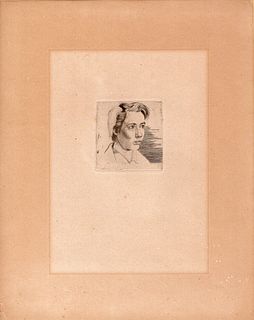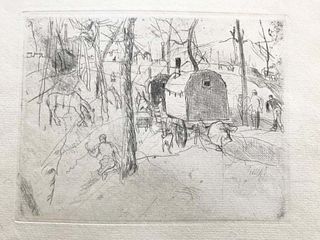44376 Results
Sort by
-
 Estimate$200 - $400
Estimate$200 - $400 -
 Estimate$1,200 - $1,800
Estimate$1,200 - $1,800 -
 Estimate$1,500 - $2,500
Estimate$1,500 - $2,500 -
 Estimate$500 - $800
Estimate$500 - $800 -
 Estimate$400 - $600
Estimate$400 - $600 -
 Estimate$2,000 - $3,000
Estimate$2,000 - $3,000 -
 Estimate$2,000 - $3,000
Estimate$2,000 - $3,000 -
 Estimate$2,000 - $3,000
Estimate$2,000 - $3,000 -
 Estimate$2,000 - $3,000
Estimate$2,000 - $3,000 -
 Estimate$800 - $1,200
Estimate$800 - $1,200 -
 Estimate$1,000 - $1,500
Estimate$1,000 - $1,500 -
 Estimate$5,000 - $7,000
Estimate$5,000 - $7,000 -
 Estimate$9,000 - $11,000
Estimate$9,000 - $11,000 -
 Estimate$600 - $800
Estimate$600 - $800 -
 Estimate$800 - $1,200
Estimate$800 - $1,200 -
 Estimate$1,000 - $1,500
Estimate$1,000 - $1,500 -
 Estimate$3,000 - $5,000
Estimate$3,000 - $5,000 -
 Estimate$800 - $1,200
Estimate$800 - $1,200 -
 Estimate$3,000 - $4,000
Estimate$3,000 - $4,000 -
 Estimate$80 - $150
Estimate$80 - $150 -
 Estimate$200 - $400
Estimate$200 - $400 -
 Estimate$300 - $500
Estimate$300 - $500 -
 Estimate$350 - $700
Estimate$350 - $700 -
 Estimate$400 - $800
Estimate$400 - $800 -
 Estimate$300 - $500
Estimate$300 - $500 -
 Estimate$400 - $600
Estimate$400 - $600 -
 Estimate$400 - $800
Estimate$400 - $800 -
 Estimate$500 - $1,000
Estimate$500 - $1,000 -
 Estimate$400 - $500
Estimate$400 - $500 -
 Estimate$2,000 - $3,000
Estimate$2,000 - $3,000 -
 Estimate$2,000 - $3,000
Estimate$2,000 - $3,000 -
 Estimate$200 - $400
Estimate$200 - $400 -
 Estimate$500 - $1,000
Estimate$500 - $1,000 -
 Estimate$800 - $1,000
Estimate$800 - $1,000 -
 Estimate$1,500 - $2,500
Estimate$1,500 - $2,500 -
 Estimate$2,000 - $3,000
Estimate$2,000 - $3,000 -
 Estimate$500 - $1,500
Estimate$500 - $1,500 -
 Estimate$500 - $1,500
Estimate$500 - $1,500 -
 Estimate$500 - $1,500
Estimate$500 - $1,500 -
 Estimate$3,000 - $4,000
Estimate$3,000 - $4,000 -
 Estimate$400 - $700
Estimate$400 - $700 -
 Estimate$1,500 - $2,500
Estimate$1,500 - $2,500



 EUR
EUR CAD
CAD AUD
AUD GBP
GBP MXN
MXN HKD
HKD CNY
CNY MYR
MYR SEK
SEK SGD
SGD CHF
CHF THB
THB Live Auction in Progress
Live Auction in Progress





